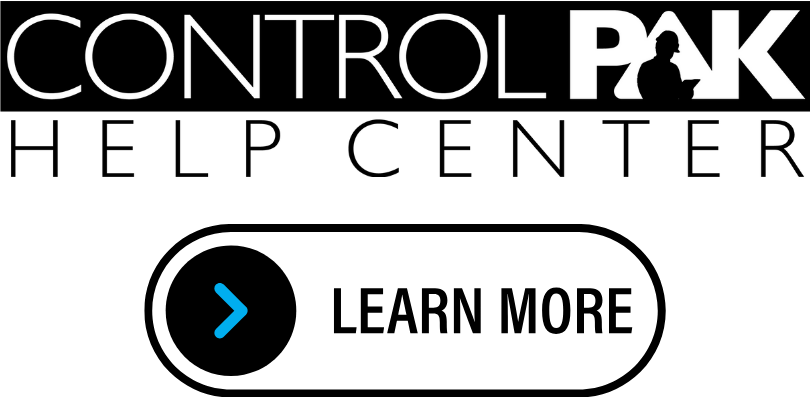Advanced Work Packaging (AWP) and How It Benefits Your Projects
If you are looking for a way to improve the planning and execution of your projects, consider adopting Work Packaging processes, such as “Advanced Work Packaging” (AWP) with our WorkPAK software. AWP is a practice that can help you align your project activities across the project lifecycle, from project setup to startup. Using our WorkPAK software for AWP can help you reduce costs, increase productivity, enhance quality, and ensure safety in your projects.
But what exactly is AWP and how does it work? In this article, we will explain the basics of AWP, its benefits and challenges, and how you can implement it in your projects.
What is AWP?
AWP is a disciplined approach that breaks down a large scope of work into smaller and manageable chunks, or work packages. These work packages are developed and delivered in a logical sequence that follows the path of construction. The path of construction is the order in which the project will be built, from the foundations to the finishes.
AWP involves three types of work packages:
- Engineering Work Packages (EWPs): These are the design deliverables that define the project’s scope, specifications, and requirements. EWPs are developed by the engineering team and aligned with the path of construction.
- Procurement Work Packages (PWPs): These are the material and equipment deliverables needed to execute the project. PWPs are developed by the procurement team and aligned with the EWPs and the path of construction.
- Construction Work Packages (CWPs) and Installation Work Packages (IWPs): These are the installation deliverables performed on-site. CWPs and IWPs are developed by the construction team and aligned with the EWPs, PWPs, and the path of construction.
How does WorkPAK adopt these work package types (i.e., EWP, PWP, CWP/IWP)?
- Scope: WorkPAK helps users designate the package types by the High-Level Scope of Work Feature. Each area – Engineering, Procurement, Construction, can be designated where the scope of work for each area is grouped and teams work on their packages and integrate for execution collaboratively.
- BI Dashboards: Track the progress of all your packages and project portfolio using WorkPAK’s built-in business intelligence (BI) dashboards, avoiding the need to have additional 3rd party software to track your project progress.
- Task Management: Using WorkPAK, plan engineering and construction scope, tasks, and resources required for any disciplines, such as foundation assessments for civil engineering, substation and other electrical engineering tasks, and process and mechanical engineering studies.
- Procurement Management: Concurrently, procurement activities, such as equipment, long lead items, bill of materials, and other rentals can be identified and tracked within WorkPAK.
- Planning: All the tasks created in WorkPAK are easily established and tracked by the project planning and construction teams, where detailed planning and intricate execution plans are integrated with the engineering and procurement processes.
- Scheduling: Export any of these tasks from WorkPAK to scheduling software, like Primavera P6 to fully monitor your execution work packages.
- Work Packaging: Share and print the final work packages to review and collaborate during execution, ensuring team alignment for successful outcomes.
Here is an overview of how WorkPAK uses this work packaging methodology to support projects and events.
What are the benefits of using WorkPAK to support AWP?
WorkPAK enables teams to bring many benefits to your projects, such as:
- Improved efficiency and effectiveness: Using WorkPAK’s categorizing and filtering capabilities by package, breaking down the work into smaller and sequenced packages, and optimizing the utilization and allocation of your resources. WorkPAK can also help you avoid rework, waste, or delays caused by missing or incorrect information or materials.
- Enhanced collaboration and communication with WorkPAK: By involving all the project team members in planning and execution from the start, WorkPAK can help you foster a culture of teamwork and trust. Our software can also help you improve transparency and accountability among all the project stakeholders.
- Increased quality and safety: By aligning your design deliverables with your construction sequencing, WorkPAK can help you ensure that your products or services meet your customer needs and expectations, and help you reduce risks and hazards that may affect your workers or environment through planning and risk assessments.
What are the challenges of AWP?
AWP is not a magic bullet that can solve all your project problems. AWP also comes with some challenges that you need to overcome, such as:
- Change management: Changes and discoveries occur on every project. Monitor them using WorkPAK’s Change Management module to ensure changes are managed and approved before planning and/or execution.
- Technology adoption: Implementing technology tools can support your planning and execution activities. WorkPAK’s easy-to-use program is suitable for any project size, complexity, and type, and interacts with multiple software.
- Data management: Projects require a lot of data collection and analysis. Using WorkPAK, easily monitor and ensure that your data is accurate, complete, consistent, timely, and secure.
Implementing WorkPAK for your projects will lead to better planning and control of your processes. Using techniques such as AWP with WorkPAK helps you manage large projects to ensure successful planning and execution. Find out more about WorkPAK. Request a software demo.


